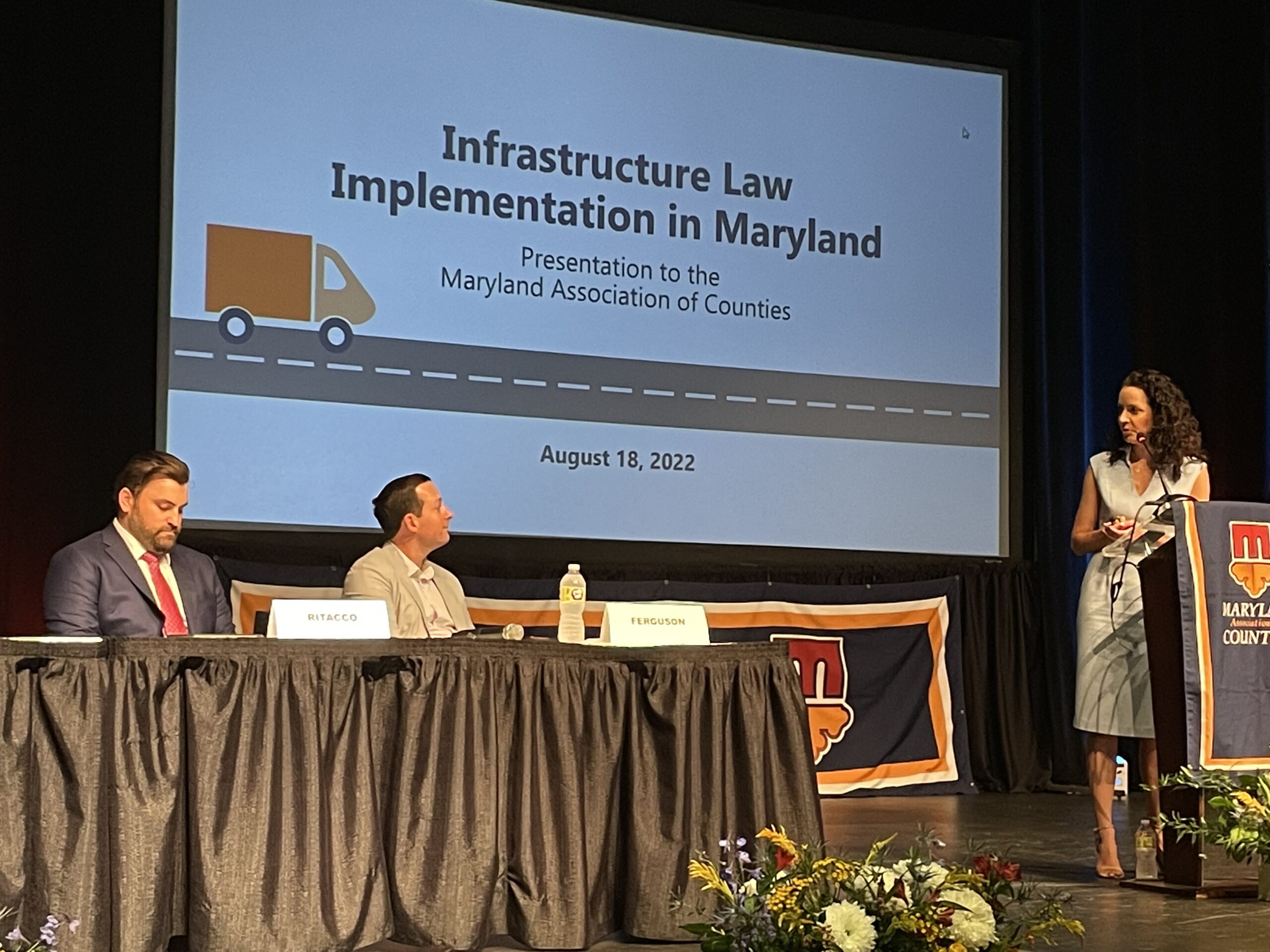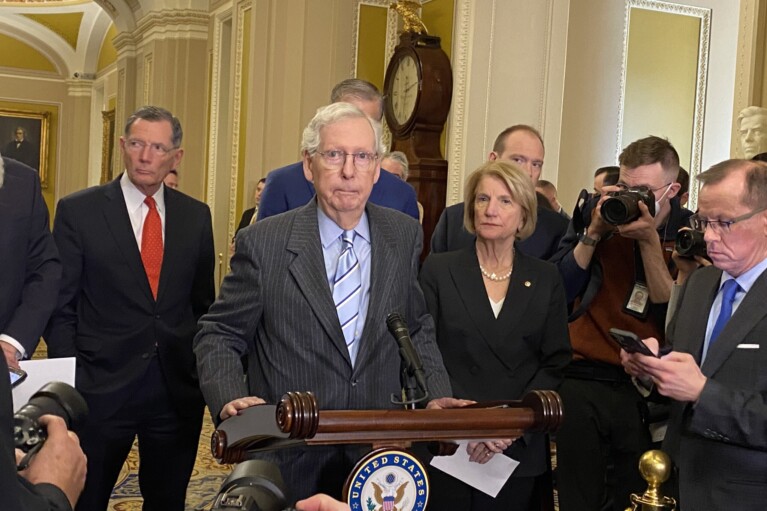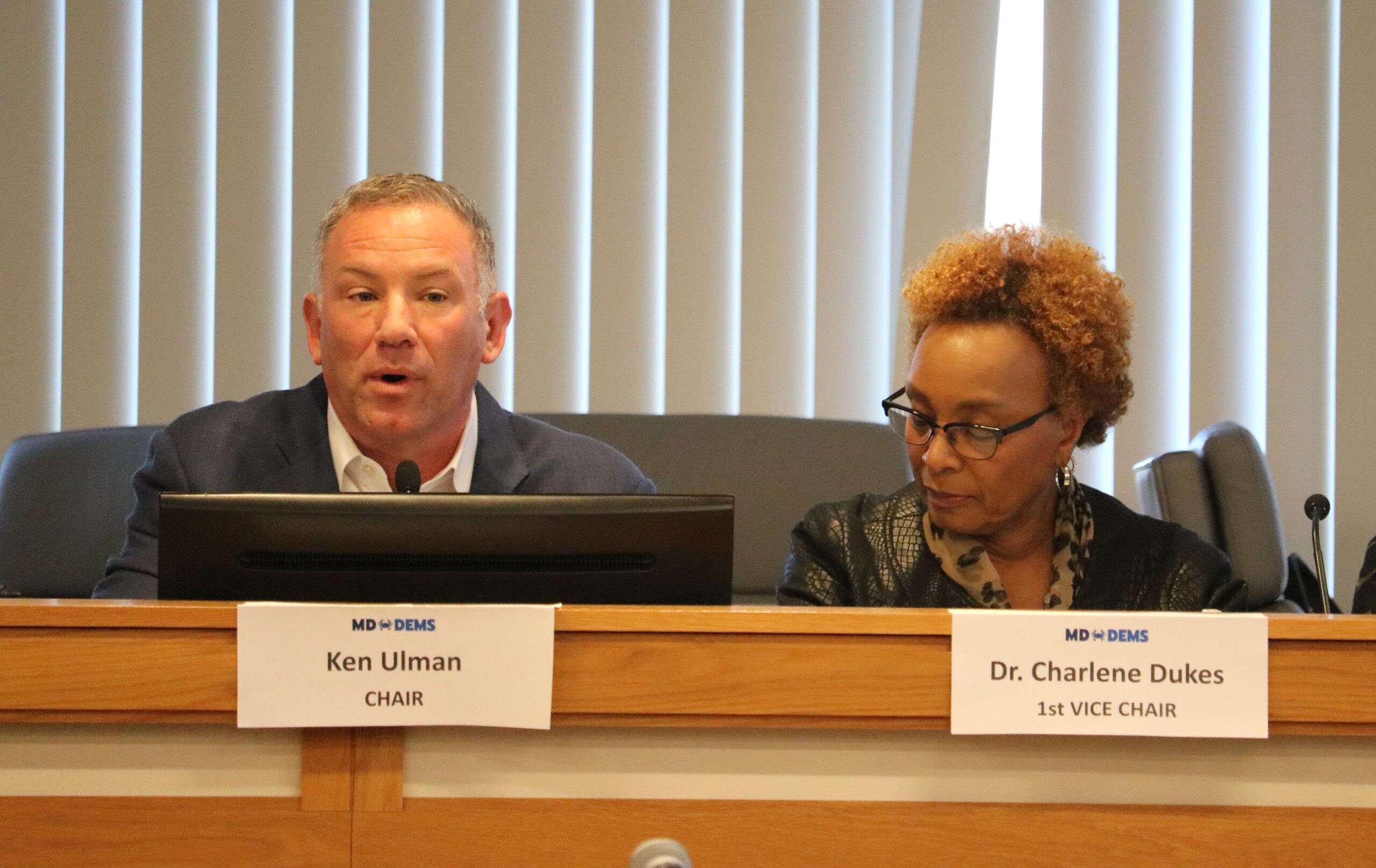With historic infrastructure funding poised to flow, counties ‘must be ready to compete’

Maryland is guaranteed to receive at least $7.8 billion in federal infrastructure funding over the next five years. The money will be used to rehab roads and bridges, upgrade water and sewer systems, and bolster mass transit in what the White House and congressional Democrats have hailed as an historic investment.
Counties across the nation also will be eligible to compete for approximately $100 billion in additional funds.
With so much money ready to flow, it was no surprise that a panel discussion that included the head of Gov. Larry Hogan’s “infrastructure sub-cabinet” was one of the most highly anticipated events of this week’s Maryland Association of Countries summer conference.
Chris Trumbauer, Anne Arundel County’s budget officer and a top advisor to County Executive Steuart Pittman (D), said he was all ears while Hogan’s infrastructure czar, deputy chief of staff Allison Mayer, offered remarks to a large crowd of local leaders.
“We read the papers. We watch TV. We know these [federal infrastructure] bills were passed. We know there’s a lot of money out there,” said Trumbauer. “We want to know: how does that money come to us?”
U.S. Transportation Secretary Pete Buttigieg announced last week that $26.5 million in federal funds will be used to upgrade Penn Station in Baltimore and the New Carrollton multi-modal station in Prince George’s County.
Funding criteria for the American Rescue Plan and the Infrastructure Investment and Jobs Act are still being developed. Localities will apply to the federal government for some of the money, while other funds will flow through Annapolis. Mayer said that Hogan has directed that shovel-ready projects be given priority.
While Maryland can count on nearly $8 billion based on a federal formula, Sen. Chris Van Hollen said, other monies will be doled out on their merits. Preparation and understanding the process are key, he advised.
“Counties and the state need to be ready to compete for that money,” said Van Hollen (D). “That’s a big part of the conversation here. Those are not guaranteed funds.”
Mark Ritacco, the head of government affairs for the National Association of Counties, said the Bipartisan Infrastructure Law funds local bridge projects, which traditionally have not been eligible for federal funding. In addition, he said, the federal government is stepping up to eliminate at-grade rail crossings, which are frequently the site of train-vehicle crashes.
New federal legislation will also send millions of dollars to Maryland to combat climate change and promote cleaner modes of transportation.
At a separate MACo session Thursday on climate, transportation and equity, Tom Peterson, who is president and CEO of the Center for Climate Strategies in Washington, D.C., told officials that the bipartisan infrastructure bill contains 375 different funding sources that state and local governments can tap for climate-fighting and transportation programs.
“That’s a lot of different plums,” he said. “The question is, how do you shake the tree to get at the plum? When there’s a tree with a lot of plums, you can get lost in it. The most important thing you can do is to know what you want.”
Peterson said the federal legislation is making new streams of money available to local governments, which must design innovative programs to spend it.
“If we don’t spend that money right, we can shoot ourselves in the foot,” he said. “We can’t keep doing things the old way.”
Peterson said 40% of the funding that the infrastructure bill makes available to state and local governments must be used for “disadvantaged communities” — and can’t be accessed if it won’t be used for those purposes.
Peterson also said the Inflation Reduction Act, which President Biden just signed into law this week, will make $27 billion available to the states for a range of climate-busting initiatives. And the state’s new Climate Solutions Now law is making money available for a climate change catalytic fund within the Maryland Clean Energy Center, which will leverage federal and private money and will be especially helpful for lower- and moderate-income residents to become part of the climate solution, he said.
Del. Robbyn Lewis (D-Baltimore City), a leading transit equity advocate in the General Assembly, said the federal funding will be welcome, but that state policymakers have to commit to changing their priorities for transportation solutions, and move away from fossil fuel-burning automobiles.
“We don’t have transportation equity in the state. We simply don’t,” she said. “We put the convenience of cars ahead of the well-being of human beings. And guess who suffers the most: African-Americans, Native Americans, Latinos, and poor people, including those who are white.”





 Creative Commons Attribution
Creative Commons Attribution